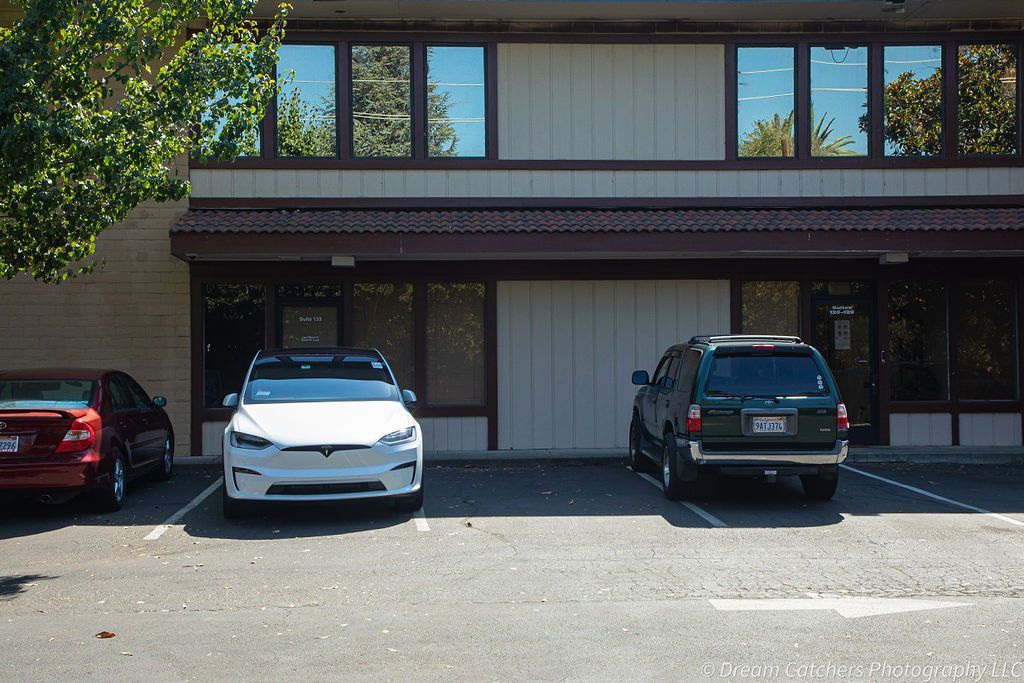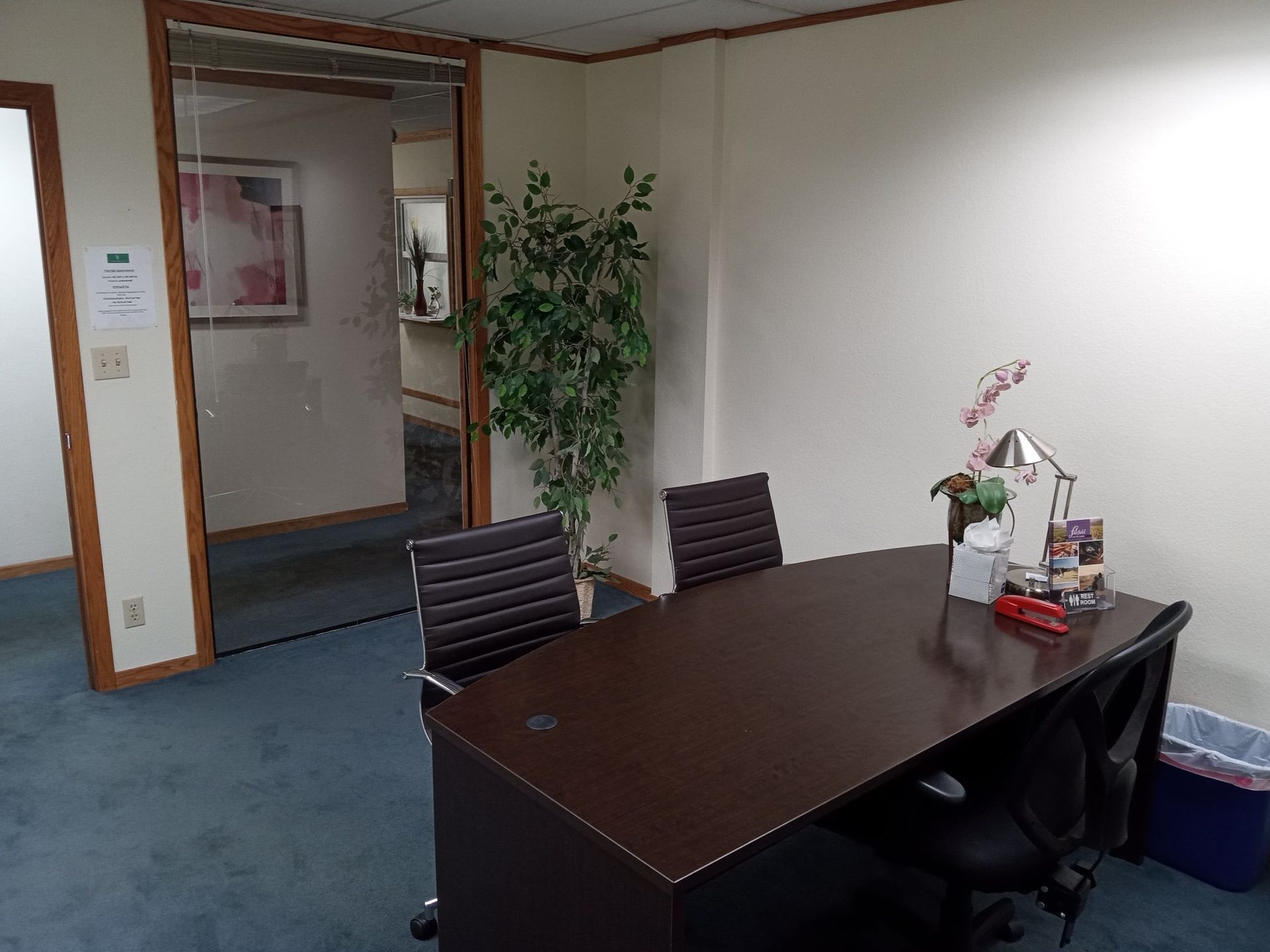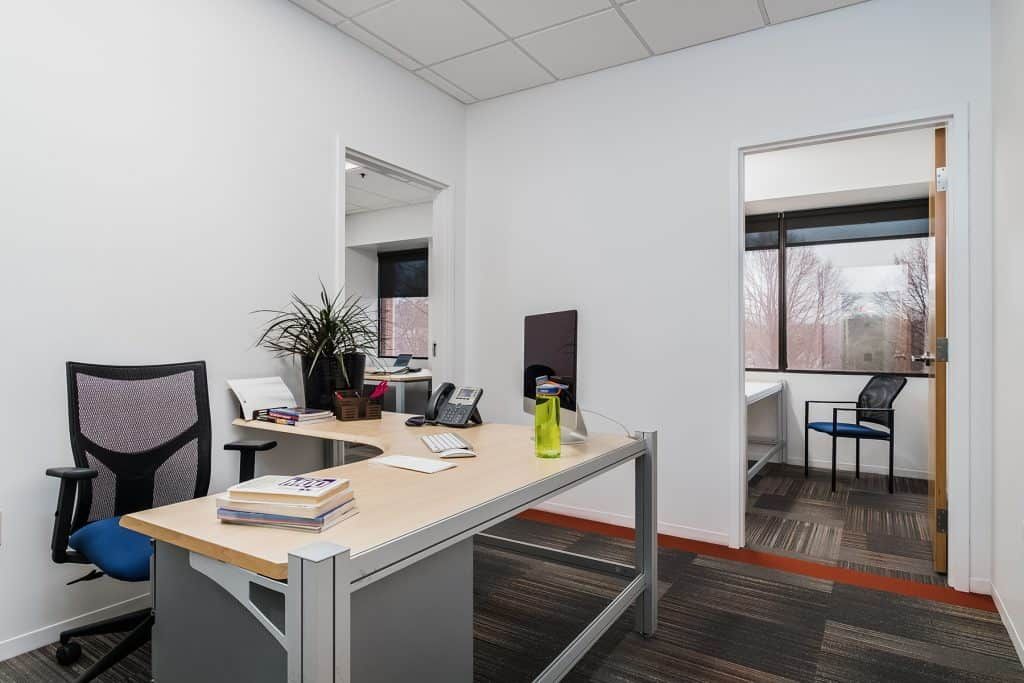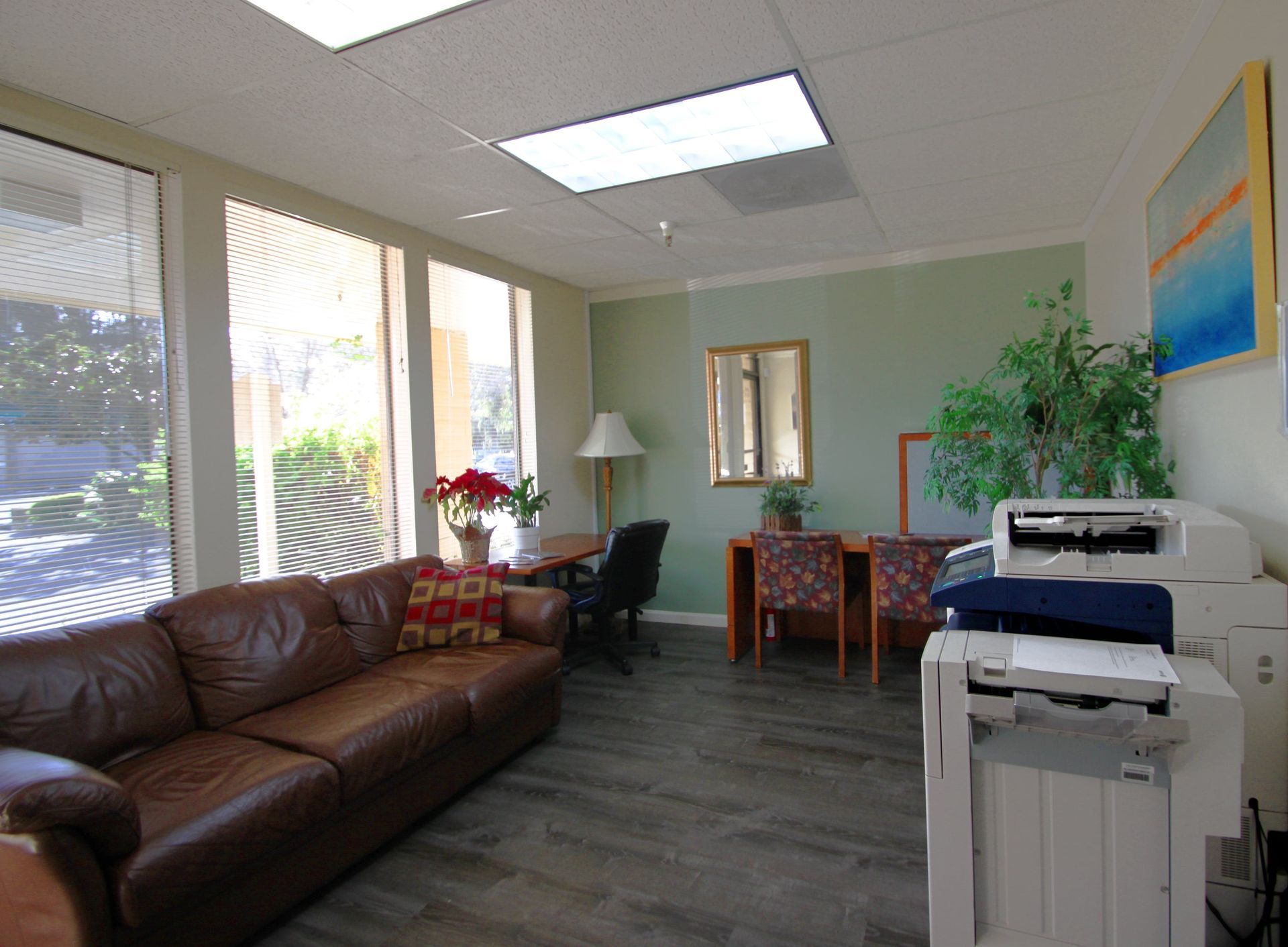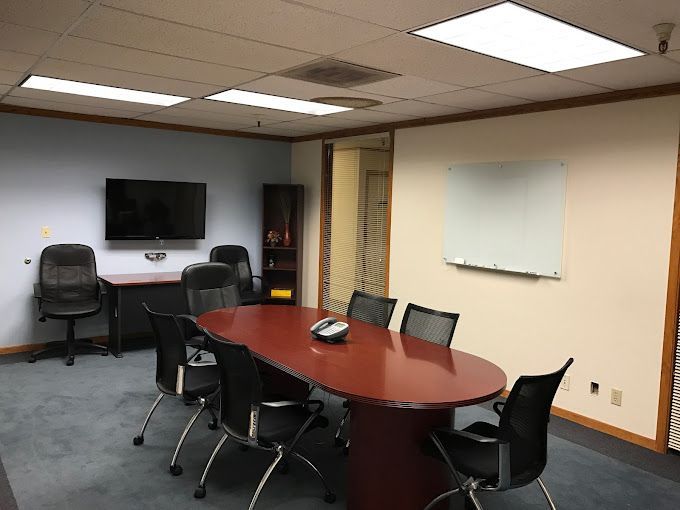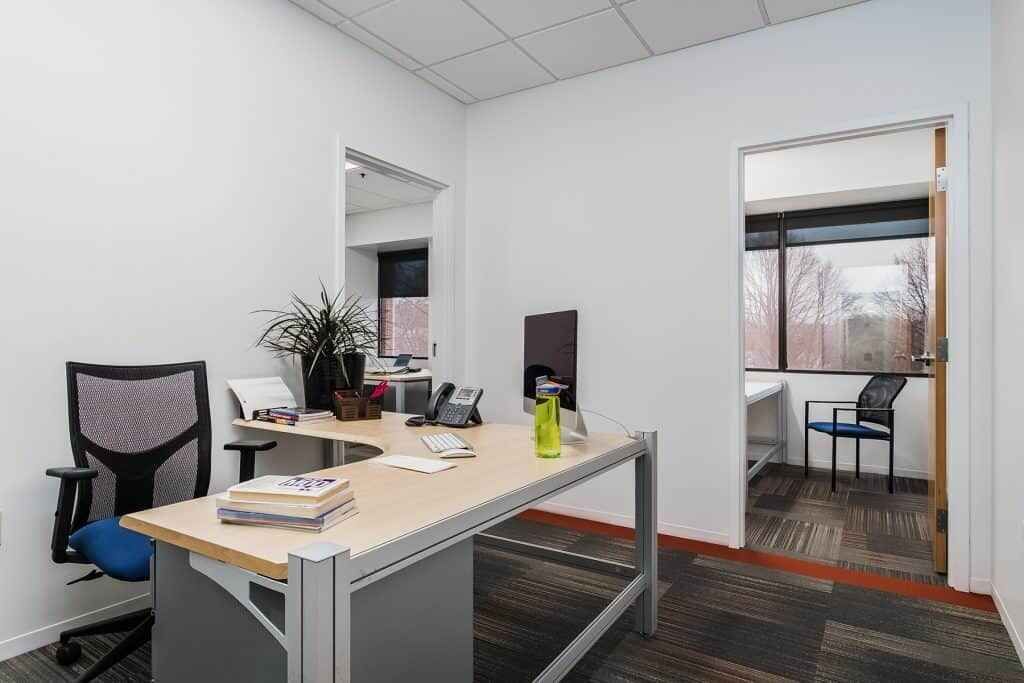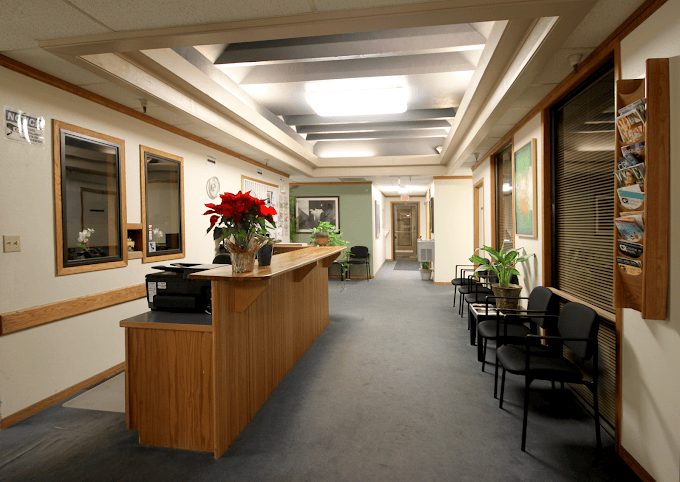New Paragraph
Retail Space for Lease: Your Guide to Choosing the Perfect Location
Leasing retail space is one of the most critical decisions for any business. The right location can boost sales, increase visibility, and attract loyal customers. On the other hand, the wrong space can limit your potential and cost you money.
If you're searching for a retail space for lease, this guide will walk you through everything you need to know—from types of retail locations to key leasing tips.
Why the Right Retail Space Matters
Retail is all about location. Where your store sits will directly affect how many people visit and how often they buy.
Customer traffic is key: A space in a busy area means more people see your brand.
Accessibility makes a difference: If your store is hard to find or lacks parking, customers may not return.
Visibility builds brand awareness: The more people see your storefront, the more familiar they become with your products or services.
Choosing a well-located, functional retail space helps build your brand and grow your revenue.
Types of Retail Spaces for Lease
While exploring retail space for lease, you’ll come across various types of property formats. Each serves a different kind of business need.
1. Strip Malls:
These spaces are good for salons, bakeries, and service-based retailers. They offer steady foot traffic and community familiarity.
2. Shopping Centers:
Shopping centers have a mix of anchor stores and smaller retail units. They’re ideal for clothing stores, electronics shops, and restaurants.
3. Standalone Buildings:
Standalone units provide complete control over branding, signage, and layout. These are often used by car dealerships, furniture stores, or big-box retailers.
4. Mall Kiosks and Units:
For fashion and beauty brands, malls are high-traffic areas with built-in audiences. However, leasing costs tend to be higher.
5. Pop-Up Retail Spaces:
Short-term leases are perfect for seasonal shops or brand activations. These are low-risk and ideal for testing a new market or product.
6. Mixed-Use Buildings:
These retail spaces are attached to office or residential buildings. They're great for convenience stores, coffee shops, or health clinics.
Things to Consider Before Leasing Retail Space
Understand Your Target Market
Before choosing a location, research the neighborhood. Know the income level, age group, and shopping habits of the local population.
Analyze Competitor Presence
Too many similar stores may limit your potential. But no competitors at all could signal low demand.
Review All Costs
Beyond monthly rent, consider:
- Utilities
- Maintenance fees
- Property taxes
- Insurance
- Common area charges (CAM)
Remember to include renovation and interior build-out costs in your budget.
Zoning Laws and Permits
Make sure the space is legally approved for your business type. Local laws may restrict food service, alcohol sales, or late-night operations.
Choosing the Right Retail Space for Lease
Look for Foot Traffic
More people passing by equals more sales opportunities. Spend time observing the area on weekdays and weekends.
Assess the Storefront
Your store’s exterior should be attractive and allow for signage. Clean, visible displays can drive walk-in traffic.
Consider the Interior Layout
Ensure the space accommodates your displays, counters, and storage needs while enhancing the overall customer experience.
Parking and Accessibility
Customers love convenience. Ensure there’s enough parking and that the space is easily accessible for all.
Technology and Utilities
Does the space have strong internet? Enough power outlets? These are must-haves for POS systems, lighting, and security.
How to Negotiate a Retail Lease
Understand Lease Types
- Gross Lease: You pay a fixed rent. The landlord covers most costs.
- Net Lease: You pay a base rent along with a portion of the operating expenses.
- Percentage Lease: Rent consists of a set base rate combined with a percentage of your total sales.
Get Professional Help
Hire a commercial real estate broker. They can help you find options, compare prices, and negotiate terms.
Ask for Tenant Improvements (TI)
Many landlords offer a budget to help you renovate or modify the space. This is called a Tenant Improvement Allowance.
Be Clear on Lease Terms
- Length of lease
- Rent escalation clauses
- Renewal options
- Subletting rules
Flexibility is important, especially if your business is growing or just starting.
Best U.S. Cities to Lease Retail Space
Here are some of the top cities where you can lease prime retail space:
1. New York City, NY
With dense foot traffic and global tourism, NYC is ideal for fashion and luxury retail. Rents may be higher, but the visibility and exposure are unparalleled.
2. Austin, TX
A booming economy and young population make Austin perfect for startups and lifestyle brands.
3. Atlanta, GA
Affordable retail leases and suburban growth make Atlanta attractive to small businesses and franchisees.
4. Miami, FL
Great for luxury and tourism-driven retail. Ideal for beachwear, hospitality brands, and cafes.
5. Los Angeles, CA
Trendy neighborhoods and diverse customers make LA a magnet for beauty, apparel, and health retailers.
Pros of Leasing vs. Buying Retail Property
Leasing provides flexibility, especially for growing businesses or first-time retailers.
Lower Initial Investment
You don’t need to invest in property. This frees up capital for marketing, inventory, or staff.
Easier Exit Strategy
If the location doesn’t work, you can move after the lease ends—unlike with owned property.
Maintenance is the Landlord’s Job
Most commercial leases include landlord responsibility for major repairs and building upkeep.
Potential Tax Benefits
Lease payments may be deductible as a business expense. Always check with your tax advisor.
Common Pitfalls to Avoid
Even the best retail space for lease can come with challenges. Stay alert to these common issues:
- Unexpected costs: Always ask for a full breakdown of fees and charges.
- Long lease terms: If you're unsure about the area, negotiate shorter terms with renewal options.
- Lack of traffic: Study footfall data before signing.
- No exit plan: Make sure the lease allows you to sublease or terminate under certain conditions.
Final Thoughts Retail Space For Lease
Finding the perfect retail space for lease is about more than just square footage. It's about understanding your audience, maximizing visibility, and securing flexible, cost-effective terms.
Visit multiple locations. Talk to landlords. Compare rents. Bring in professionals if needed.
When you choose the right space, you're not just opening a store—you’re opening new possibilities for growth, visibility, and customer engagement.

